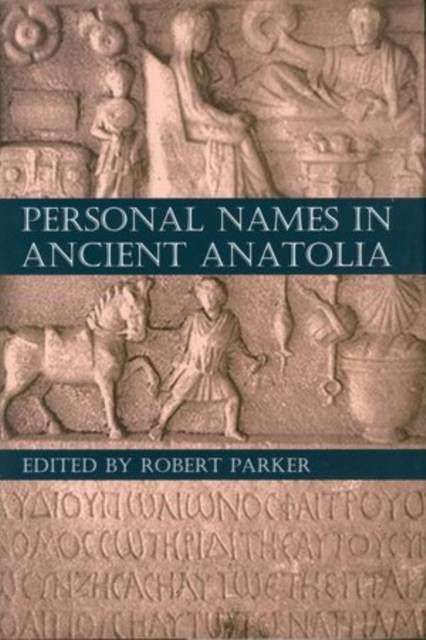
- Retrait gratuit dans votre magasin Club
- 7.000.000 titres dans notre catalogue
- Payer en toute sécurité
- Toujours un magasin près de chez vous
- Retrait gratuit dans votre magasin Club
- 7.000.0000 titres dans notre catalogue
- Payer en toute sécurité
- Toujours un magasin près de chez vous
Personal Names in Ancient Anatolia
159,95 €
+ 319 points
Description
Ancient Anatolia was a region where many indigenous or at least long-established peoples mingled with many conquerors or incomers: Persians, Greeks, Gauls, Romans, Jews. Its rich and complex history of cultural interaction is only spasmodically illuminated by literary sources. Inscriptions, by contrast, abound and attest well over 100,000 name-bearing inhabitants. Many of those names retain regional associations, and when analysed with tact allow lost histories and micro-histories to be recovered. This volume exploits the huge possibilities for social and linguistic history being created by the expansion of The Lexicon of Greek Personal Names into Anatolia. One topic is that of continuities and discontinuities between the naming practices of the Hittites and Luvians in the second millennium BC and those of the Greco-Roman period. Several studies trace changing patterns of naming in particular regions; this may reflect real changes in population, but the need for sociological sensitivity is stressed, as the change may lie rather in changing self-perceptions or preferred self-identifications. The Anatolian treasure house of names can also be used to illuminate the psychology of naming, the rise of nursery nicknames to the status of proper names (and their subsequent fall from favour), for instance, or the fascination with exotic luxury items expressed in names such as Amethyst or Emerald, or the fashion for 'second names' among the Greek-speaking elite. The volume shows how, as has been said, the study of names is a 'paradigm case of the convergence of disciplines, where the history of language meets social history'.
Spécifications
Parties prenantes
- Editeur:
Contenu
- Nombre de pages :
- 256
- Langue:
- Anglais
- Collection :
- Tome:
- n° 191
Caractéristiques
- EAN:
- 9780197265635
- Date de parution :
- 28-01-14
- Format:
- Livre relié
- Format numérique:
- Genaaid
- Dimensions :
- 163 mm x 236 mm
- Poids :
- 589 g

Les avis
Nous publions uniquement les avis qui respectent les conditions requises. Consultez nos conditions pour les avis.





